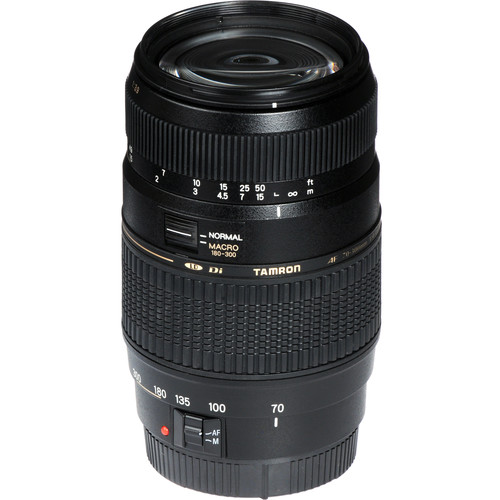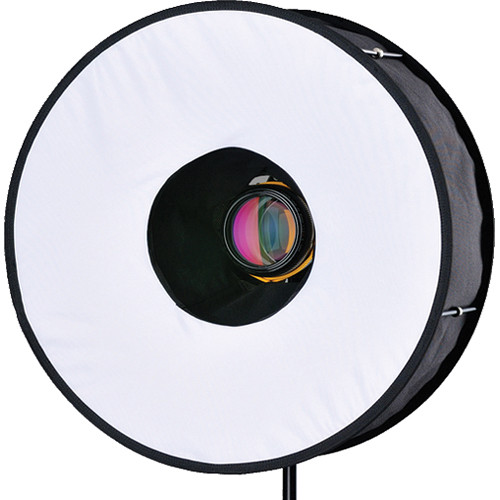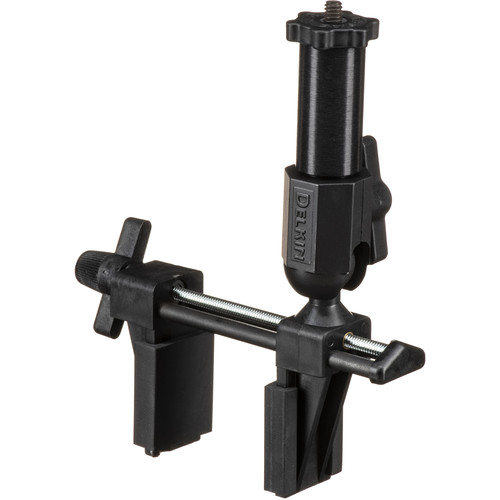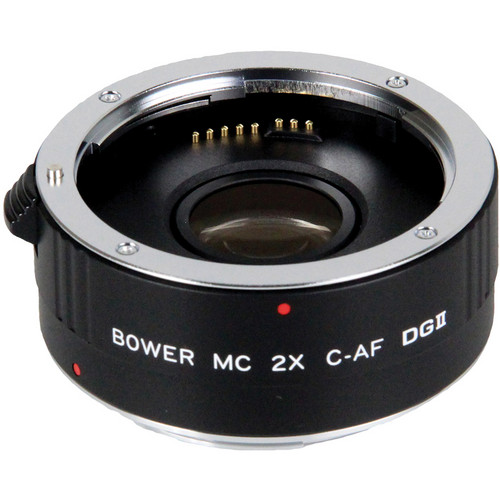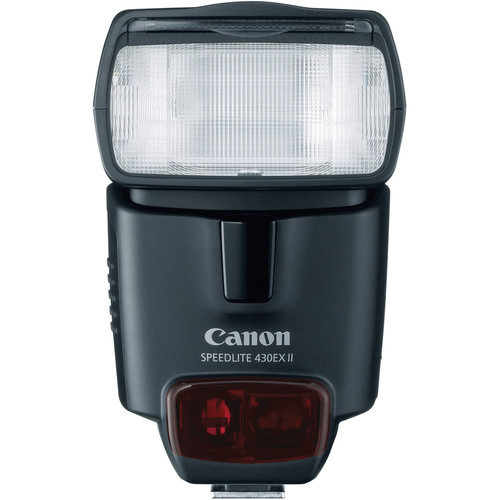Such a weird week. Not so weird if I can compare it to my luck with things anyway. By the beginning of this week almost, I've spent some time roaming over places of car dealers to find a brand new car and this time I would prefer it to be an elevated car to give me a better view of the road (and help me carry things around in the future). Ironically, that same day, the garage phoned me to tell me that my (beloved) Seat is finished with and I can take it now. All in all, it's going to cost me a hole in my pocket. Even though I like driving my small car, but I have to give it away in any way possible because of the problems with the spare parts that are hard to find for this car!
Anyhow, I'm starting some sort of a program to try and go out and do some night photography every weekend if possible. Night photography in winter is synonymous to long exposures of course but that doesn't mean it would be a single exposure of course.
In the beginning I've placed the camera with my Rokinon fisheye lens in some corner and pointed it toward the sea in order to capture some curvy image. The exposure was long (around 4 minutes), but it was too long that the lines of the clouds movement were so blurred and almost featureless. Add to that, some fishermen were moving here and there in front of the light source which made things worse. Still considering working around these problems though.
Next, however, I've placed the camera almost in the middle of the roofed end of the dock and pointed it west toward the sky and a portion of the city. After some tests with ISO12800 to check my location and measure the required exposure later with ISO100, I've realized that capturing a single exposure with all the details is impossible in this area. It would be either a blown out city and light wooden beams, or black beams and suitable city lights. Thus, I've decided to go with a little adventure in a sequence of long exposures, starting from 4 minutes exposures and then going down 1 stop each time until reaching 3 seconds: 4m, 2m, 1m, 30s, 15s, 7s, and 3s. A total of 7 exposures that were later combined together into HDR to produce Sessiz. I was afraid that the movement of the clouds here would vanish so I made sure that when merging into HDR with Photomatix, I've turned the option of Ghost Removal off. The White Balance here was set to Fluorescent but I did make some tests before merging just to check the general appearance of the sky, because usually in such situation I would prefer the Tungsten WB, yet in this instance like in Sessiz I've decided to have a soft appearance and Fluorescent WB helped very well. Adding to that some processing that had to be done to fix and reduce some issues like the saturation of the Reds tones and increasing the tones of the Greens.
The name Sessiz means "Silent" or "Without sound" in Turkish. This name is a reflection of my feelings at that moment (but I don't know why I picked Turkish specifically, probably just for the sound of it!). Despite the harsh wind blowing and the coldness, and the fishermen around, that moment specifically was majestic. Silent, and quiet, giving me a tranquil (and a chilling) feeling deep inside. Exactly why I like winter and night photography combined.
Then after Sessiz I thought of creating a symmetrical shot of some sort by pointing (and moving the camera) to face the bridge or the dock itself with all the light sources on it. This time though, there was no escape shooting the fishermen, and again with multiple exposures. Like in the previous trial, 7 exposures were taken by some problems with the white point and the flare of the lights that made me merge only 3 exposures instead of all of the seven. Here though I consider myself lucky somehow because one fisherman was closer to me and the rest were far away and that somehow gave out a reflection and a sense of Solitude, from the rest of the fishermen and from the city itself with all its colors and light. Maybe a still image would have served me better for the meaning of this shot but of course I couldn't ask the man to stop still to do 7 exposures! Anyway, probably one can argue that the movement of this fisherman specifically adds some dynamic element to the image instead of being static.
I couldn't resist the urge to convert some of those night images into Black and White because, typically, night images into Black and White add to the element of mystery; either for the unknown, or for fear of something. Converting Sessiz to Black and White also helped me with some noise and hot pixels (random red dots) in the scene, and some noise in the shadows because of merging into HDR; such stuff are a normal occurrence in both, HDR slides and night shots. The results of that night really pushed my enthusiasm forward for more activity and, hopefully, more complicated shots in terms of composition at least, if not technique. But maybe in the near future I have to change my location and do long exposures elsewhere if possible.
I've visited the place in the weekend one morning so that not much people would be around. The exhibition was divided into two parts around the Marina Crescent mall. One part was made by the word "FOCUS" and the other one was made into the shape of the word Focus in Arabic, Rakkiz [ركّز]. This is the main title and goal of the group; to focus on the beautiful things in life. I roamed the place taking pictures of my own images (and unfortunately couldn't take a selfie) and probably I won't be exaggerating if I say that my images could be the most repeated ones in the whole exhibition, specially the shot I've named Eigen (but whose name I've changed to Unique upon submission to the contest).
In the Collage as well, you can see that I've taken a general shot for the exhibition with my Rokinon fisheye lens and in fact I was planning to do a long exposure as the clouds were awesome, but unfortunately for me, the wind was blowing and placing the ND gels into the backside of the Rokinon was a risky task and I simply got frustrated and left the place! Probably it is time to look for another solution for this problem other than putting gels at the back of such lens.
This event made me think again about contest. It was a nice exposure somehow (even though my name was not mentioned on the images) even though I didn't qualify. If there would be contests in that manner probably I would join in because the end result isn't important after all!
Probably I should coin this term? I do like it in fact... Nadir-o-graphy. Taking pictures pointing downward. Now, after receiving my last shipment from B&H, I've tried to try out the new equipments, and specifically here the Pedco Ultra Clamp Assembly with 1/4"-20 Screw for such nadir shots. The situation is scary, I have to admit. Hanging your camera into some ceiling that is more than 2 meters (~6.6ft) above the ground is not something easy to do, or to look at even, but I've tried 2 successful shots so far.
The first trial was set in the office (all shots in fact were taken few hours before writing this blog!). I've brought my camera to work and just one hour before my working hours are over, I've decided to bring it and hang it with the Pedco clamp onto the A/C opening. The table surface here was GRACEFUL to carry my body weight without breaking! Also, it is much easier to move on top of it than moving on a ladder as I later did in my own room.
In my room I had to use a heavy ladder to reach the ceiling (and remove one of the CFL lights to put the clamp in its place). The good thing about Pedco here is that it has several joints and several degrees of freedom making mounting the camera and pointing and screwing the clamp at any body relatively an easier matter; quite the opposite to Delkin mount clamp which was so simple, and weakly built.
In both of the shots above I had to use the lightmeter, and also 3 bracketed shots were taken with 1-stop difference just to make sure that a proper exposure is achieved - but at the end no HDR was made, and only a RAW file was edited. Here also, I tried to make use of the hyperfocal distance concept but I'd say I'm still training myself on this and the real test would be using that concept at night photography with my Rokinon.
Now, with my ERG examination been scheduled to January 23rd, 2014, I think I have to forget about it little bit for now and try to do as much as possible with my camera and other projects. On hold as well, is the Geltani project, which I've sacrificed its time for the sake of the new books, and the camera.
Talking about emotions had been a hard task lately, even to myself alone. The mind is floating in an endless sea of thoughts and the only way to revive it is to have few moments of ecstasy with daydreaming and practical thinking. I try to amuse myself with mathematics from time to time, or simply thinking of those who already suffer from vision loss like my brother and how to help them (and try to push myself more into studying lenses in that direction). There are always moments when the heart jumps out for something special, but my intuition taught me to always keep a low profile when it comes to happiness. Such a pessimistic look, and to change it, I'm trying to swim against an oceanic tide. The least I could do probably is to try and surround myself with beauty in any form; after all, it is one of Leonardo's advices. But where is beauty.... ?
Anyhow, I'm starting some sort of a program to try and go out and do some night photography every weekend if possible. Night photography in winter is synonymous to long exposures of course but that doesn't mean it would be a single exposure of course.
Guten Mitternacht
After the initial trial last week for some night photography on the dock of Soog Sharg, I've pushed myself (despite my tired body) to go again and do some shots after some planning for some angles, and luckily, there were clouds this time! |
| Sessiz Rokinon 8mm fisheye, f/5.6, ISO100. |
In the beginning I've placed the camera with my Rokinon fisheye lens in some corner and pointed it toward the sea in order to capture some curvy image. The exposure was long (around 4 minutes), but it was too long that the lines of the clouds movement were so blurred and almost featureless. Add to that, some fishermen were moving here and there in front of the light source which made things worse. Still considering working around these problems though.
Next, however, I've placed the camera almost in the middle of the roofed end of the dock and pointed it west toward the sky and a portion of the city. After some tests with ISO12800 to check my location and measure the required exposure later with ISO100, I've realized that capturing a single exposure with all the details is impossible in this area. It would be either a blown out city and light wooden beams, or black beams and suitable city lights. Thus, I've decided to go with a little adventure in a sequence of long exposures, starting from 4 minutes exposures and then going down 1 stop each time until reaching 3 seconds: 4m, 2m, 1m, 30s, 15s, 7s, and 3s. A total of 7 exposures that were later combined together into HDR to produce Sessiz. I was afraid that the movement of the clouds here would vanish so I made sure that when merging into HDR with Photomatix, I've turned the option of Ghost Removal off. The White Balance here was set to Fluorescent but I did make some tests before merging just to check the general appearance of the sky, because usually in such situation I would prefer the Tungsten WB, yet in this instance like in Sessiz I've decided to have a soft appearance and Fluorescent WB helped very well. Adding to that some processing that had to be done to fix and reduce some issues like the saturation of the Reds tones and increasing the tones of the Greens.
The name Sessiz means "Silent" or "Without sound" in Turkish. This name is a reflection of my feelings at that moment (but I don't know why I picked Turkish specifically, probably just for the sound of it!). Despite the harsh wind blowing and the coldness, and the fishermen around, that moment specifically was majestic. Silent, and quiet, giving me a tranquil (and a chilling) feeling deep inside. Exactly why I like winter and night photography combined.
 |
| Solitude Rokinon 8mm fisheye, f/5.6, ISO100. |
Then after Sessiz I thought of creating a symmetrical shot of some sort by pointing (and moving the camera) to face the bridge or the dock itself with all the light sources on it. This time though, there was no escape shooting the fishermen, and again with multiple exposures. Like in the previous trial, 7 exposures were taken by some problems with the white point and the flare of the lights that made me merge only 3 exposures instead of all of the seven. Here though I consider myself lucky somehow because one fisherman was closer to me and the rest were far away and that somehow gave out a reflection and a sense of Solitude, from the rest of the fishermen and from the city itself with all its colors and light. Maybe a still image would have served me better for the meaning of this shot but of course I couldn't ask the man to stop still to do 7 exposures! Anyway, probably one can argue that the movement of this fisherman specifically adds some dynamic element to the image instead of being static.
 |
| Sessiz (B&W) |
I couldn't resist the urge to convert some of those night images into Black and White because, typically, night images into Black and White add to the element of mystery; either for the unknown, or for fear of something. Converting Sessiz to Black and White also helped me with some noise and hot pixels (random red dots) in the scene, and some noise in the shadows because of merging into HDR; such stuff are a normal occurrence in both, HDR slides and night shots. The results of that night really pushed my enthusiasm forward for more activity and, hopefully, more complicated shots in terms of composition at least, if not technique. But maybe in the near future I have to change my location and do long exposures elsewhere if possible.
Exposure
The exposure I mean here is not the typical photographic term, but exposure to the public. I've received an email last week stating that one or more of my pictures that I've submitted before for some contest (and didn't qualify to the finals) were all exhibited in a street art project organized by the contest's organizers themselves: Al Nowair Group.  |
| Collage |
I've visited the place in the weekend one morning so that not much people would be around. The exhibition was divided into two parts around the Marina Crescent mall. One part was made by the word "FOCUS" and the other one was made into the shape of the word Focus in Arabic, Rakkiz [ركّز]. This is the main title and goal of the group; to focus on the beautiful things in life. I roamed the place taking pictures of my own images (and unfortunately couldn't take a selfie) and probably I won't be exaggerating if I say that my images could be the most repeated ones in the whole exhibition, specially the shot I've named Eigen (but whose name I've changed to Unique upon submission to the contest).
 |
| Eigen |
In the Collage as well, you can see that I've taken a general shot for the exhibition with my Rokinon fisheye lens and in fact I was planning to do a long exposure as the clouds were awesome, but unfortunately for me, the wind was blowing and placing the ND gels into the backside of the Rokinon was a risky task and I simply got frustrated and left the place! Probably it is time to look for another solution for this problem other than putting gels at the back of such lens.
This event made me think again about contest. It was a nice exposure somehow (even though my name was not mentioned on the images) even though I didn't qualify. If there would be contests in that manner probably I would join in because the end result isn't important after all!
Nadirography
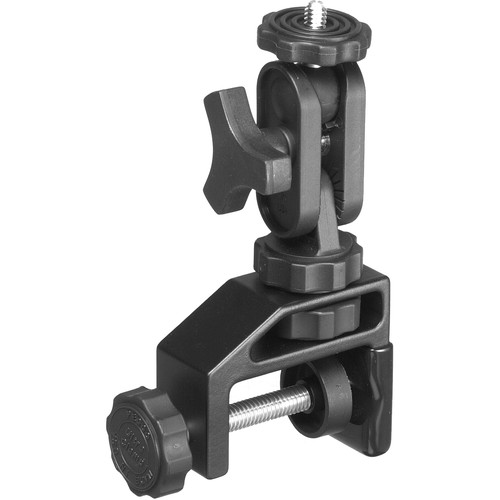 |
| Source: B&H |
 |
| At work, busy with no work... Rokinon 8mm fisheye, f/11, 30-1sec, ISO400. |
The first trial was set in the office (all shots in fact were taken few hours before writing this blog!). I've brought my camera to work and just one hour before my working hours are over, I've decided to bring it and hang it with the Pedco clamp onto the A/C opening. The table surface here was GRACEFUL to carry my body weight without breaking! Also, it is much easier to move on top of it than moving on a ladder as I later did in my own room.
 |
| My room = My mind PS. This IS my room. Nothing was deliberately changed. Rokinon 8mm fisheye, f/11, 0.4sec, ISO400. |
In my room I had to use a heavy ladder to reach the ceiling (and remove one of the CFL lights to put the clamp in its place). The good thing about Pedco here is that it has several joints and several degrees of freedom making mounting the camera and pointing and screwing the clamp at any body relatively an easier matter; quite the opposite to Delkin mount clamp which was so simple, and weakly built.
In both of the shots above I had to use the lightmeter, and also 3 bracketed shots were taken with 1-stop difference just to make sure that a proper exposure is achieved - but at the end no HDR was made, and only a RAW file was edited. Here also, I tried to make use of the hyperfocal distance concept but I'd say I'm still training myself on this and the real test would be using that concept at night photography with my Rokinon.
Finale
Before writing my finale for this week, I was about to post bits about the new light modifiers that I've purchased lately, but anyway, probably this post is long enough as it is. I think I will do more testing till next week's post.Now, with my ERG examination been scheduled to January 23rd, 2014, I think I have to forget about it little bit for now and try to do as much as possible with my camera and other projects. On hold as well, is the Geltani project, which I've sacrificed its time for the sake of the new books, and the camera.
Talking about emotions had been a hard task lately, even to myself alone. The mind is floating in an endless sea of thoughts and the only way to revive it is to have few moments of ecstasy with daydreaming and practical thinking. I try to amuse myself with mathematics from time to time, or simply thinking of those who already suffer from vision loss like my brother and how to help them (and try to push myself more into studying lenses in that direction). There are always moments when the heart jumps out for something special, but my intuition taught me to always keep a low profile when it comes to happiness. Such a pessimistic look, and to change it, I'm trying to swim against an oceanic tide. The least I could do probably is to try and surround myself with beauty in any form; after all, it is one of Leonardo's advices. But where is beauty.... ?
 |
| Natasha |




